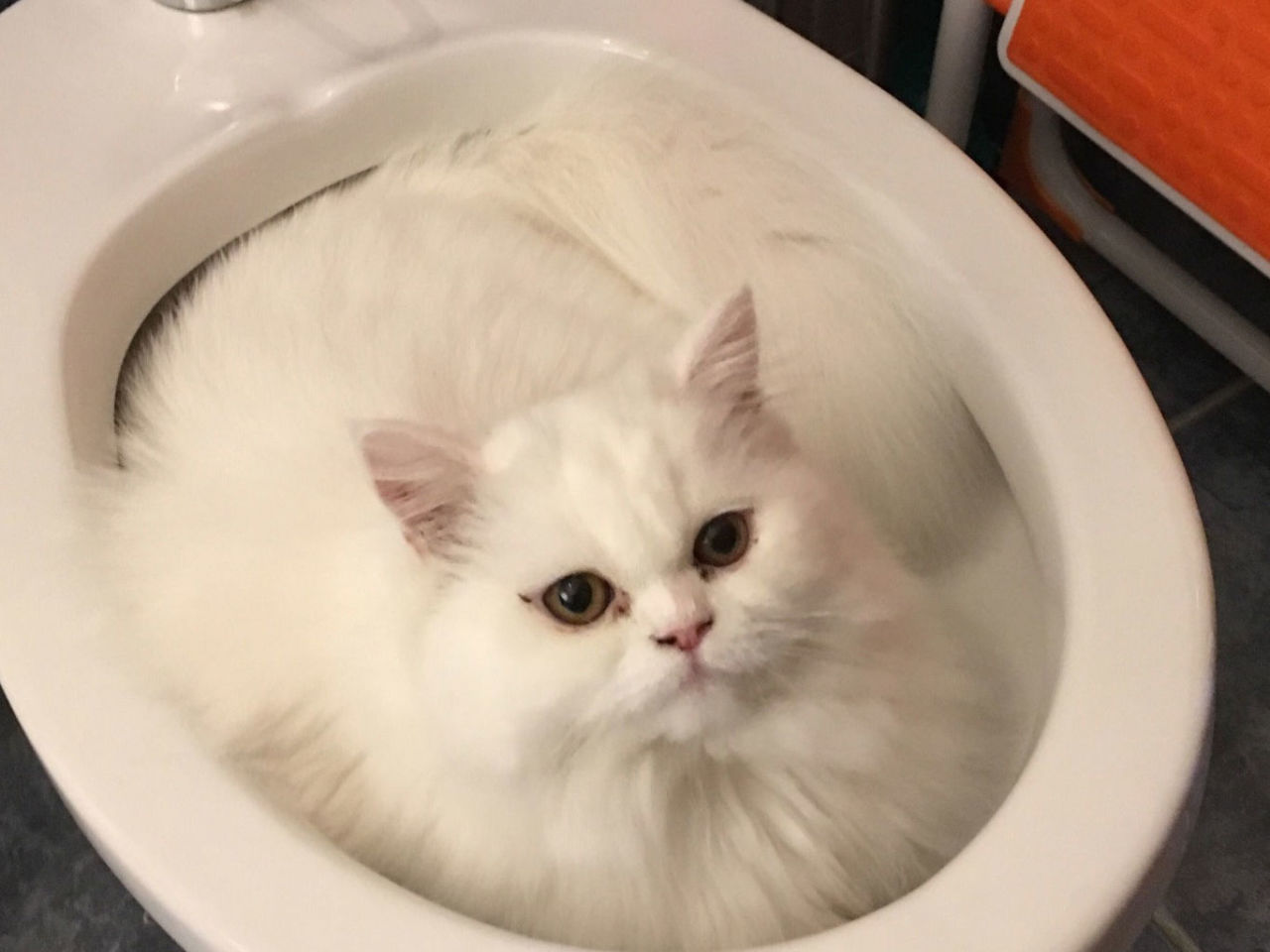Just about everyone has got their own unique ideas about Don’t flush cat feces down the toilet.

Introduction
As cat owners, it's essential to be mindful of just how we get rid of our feline friends' waste. While it might appear convenient to flush cat poop down the bathroom, this technique can have damaging repercussions for both the setting and human health and wellness.
Alternatives to Flushing
The good news is, there are more secure and more responsible ways to get rid of cat poop. Take into consideration the following alternatives:
1. Scoop and Dispose in Trash
One of the most common approach of throwing away feline poop is to scoop it into a biodegradable bag and throw it in the trash. Be sure to utilize a specialized trash scoop and get rid of the waste without delay.
2. Usage Biodegradable Litter
Opt for naturally degradable cat trash made from materials such as corn or wheat. These trashes are eco-friendly and can be securely dealt with in the trash.
3. Bury in the Yard
If you have a yard, consider burying cat waste in an assigned location far from veggie gardens and water sources. Make certain to dig deep sufficient to stop contamination of groundwater.
4. Set Up a Pet Waste Disposal System
Buy a family pet waste disposal system specifically developed for pet cat waste. These systems use enzymes to break down the waste, minimizing smell and ecological impact.
Health Risks
In addition to environmental problems, flushing cat waste can additionally position health and wellness dangers to people. Pet cat feces may contain Toxoplasma gondii, a parasite that can cause toxoplasmosis-- a potentially serious illness, especially for pregnant females and individuals with weakened immune systems.
Environmental Impact
Purging cat poop introduces harmful microorganisms and parasites right into the water, posturing a considerable risk to water environments. These contaminants can adversely impact aquatic life and concession water top quality.
Conclusion
Accountable pet possession extends past offering food and sanctuary-- it also entails proper waste administration. By refraining from purging pet cat poop down the bathroom and going with alternate disposal approaches, we can reduce our ecological footprint and secure human health.
Why Can’t I Flush Cat Poop?
It Spreads a Parasite
Cats are frequently infected with a parasite called toxoplasma gondii. The parasite causes an infection called toxoplasmosis. It is usually harmless to cats. The parasite only uses cat poop as a host for its eggs. Otherwise, the cat’s immune system usually keeps the infection at low enough levels to maintain its own health. But it does not stop the develop of eggs. These eggs are tiny and surprisingly tough. They may survive for a year before they begin to grow. But that’s the problem.
Our wastewater system is not designed to deal with toxoplasmosis eggs. Instead, most eggs will flush from your toilet into sewers and wastewater management plants. After the sewage is treated for many other harmful things in it, it is typically released into local rivers, lakes, or oceans. Here, the toxoplasmosis eggs can find new hosts, including starfish, crabs, otters, and many other wildlife. For many, this is a significant risk to their health. Toxoplasmosis can also end up infecting water sources that are important for agriculture, which means our deer, pigs, and sheep can get infected too.
Is There Risk to Humans?
There can be a risk to human life from flushing cat poop down the toilet. If you do so, the parasites from your cat’s poop can end up in shellfish, game animals, or livestock. If this meat is then served raw or undercooked, the people who eat it can get sick.
In fact, according to the CDC, 40 million people in the United States are infected with toxoplasma gondii. They get it from exposure to infected seafood, or from some kind of cat poop contamination, like drinking from a stream that is contaminated or touching anything that has come into contact with cat poop. That includes just cleaning a cat litter box.
Most people who get infected with these parasites will not develop any symptoms. However, for pregnant women or for those with compromised immune systems, the parasite can cause severe health problems.
How to Handle Cat Poop
The best way to handle cat poop is actually to clean the box more often. The eggs that the parasite sheds will not become active until one to five days after the cat poops. That means that if you clean daily, you’re much less likely to come into direct contact with infectious eggs.
That said, always dispose of cat poop in the garbage and not down the toilet. Wash your hands before and after you clean the litter box, and bring the bag of poop right outside to your garbage bins.
https://trenchlesssolutionsusa.com/why-cant-i-flush-cat-poop/

We had been made aware of that article about Can You Flush Cat Poo or Litter Down the Toilet? from a good friend on a different web blog. Sharing is caring. Helping others is fun. Thank-you for your time invested reading it.
Call Today